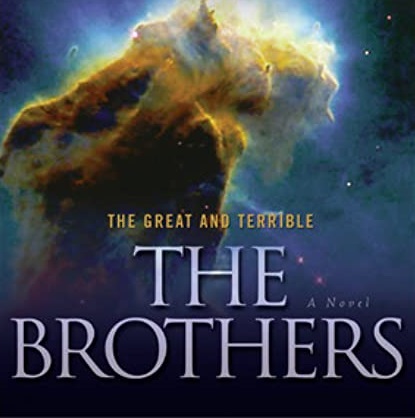Category: Mormon Arts
-

Lit Come Follow Me: D&C 29 — Gathering and the Plan of Salvation
Two poems to enhance study of the Come Follow Me lesson for D&C 29, which covers both the Gathering and the Plan of Salvation. The poems are Eugene A. Rooch’s Come, Gather to Zion and Joseph L. Townsend’s Among the Ancient Indian Mounds
-
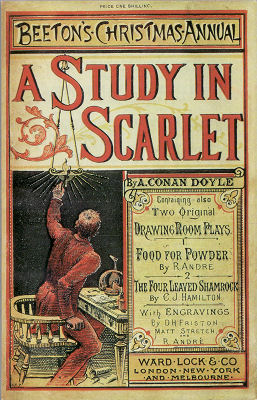
Redux: Responding to bigoted but famous texts—by Seuss and Doyle
The recent controversy over the decision of the literary estate of Theodore Seuss Geisel to stop selling six of his Dr. Seuss books because of their bigoted depictions of minorities reminded me of a somewhat similar situation. Nearly 10 years ago, I wrote the post Responding to Bigoted but Famous Texts about a Virginia school district…
-
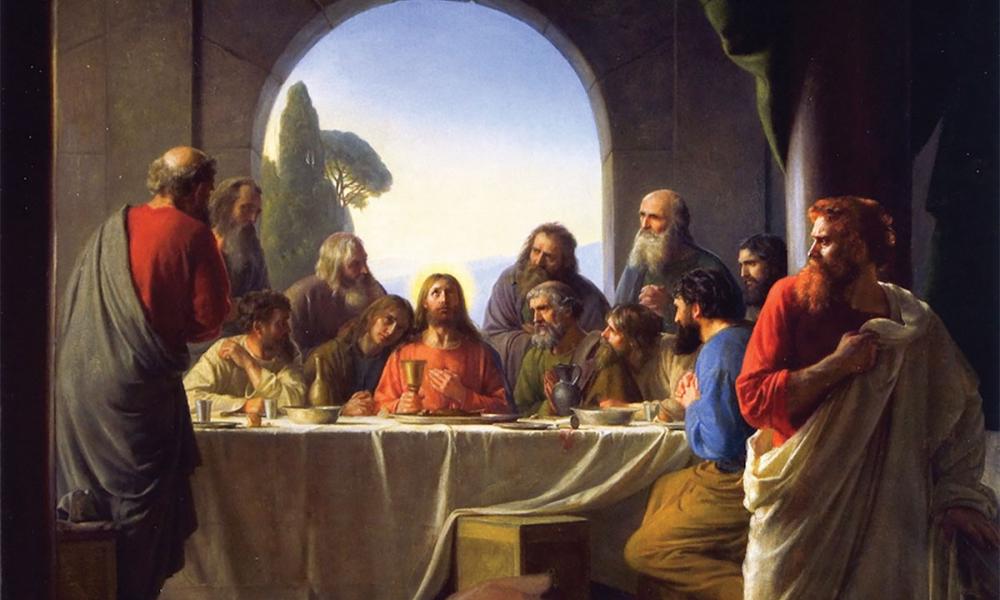
Lit Come Follow Me: D&C 27-28 — Sacrament and Supremacy
A function of revelation is clarifying confusion and what isn’t clear. And this function is displayed in the two sections of the Doctrine and Covenant’s covered in this coming week’s Come Follow Me lesson. In Section 27, we learn that it isn’t necessary to use wine in the sacrament (and, in fact, “it mattereth not…
-
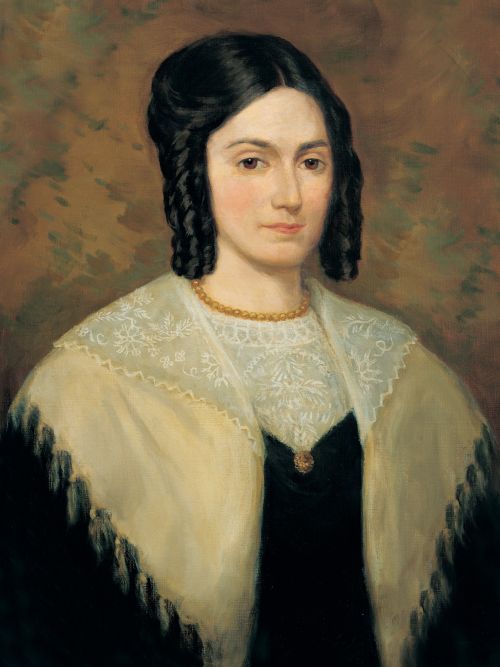
Lit Come Follow Me: D&C 23-26
One often forgotten feature of the Doctrine and Covenants is the very personal nature of many of its revelations. This week’s Come Follow Me lesson includes several sections of these revelations, including the unusual compilation of revelations found in section 23, which was given serially to Oliver Cowdery, Hyrum Smith, Samuel H. Smith, Joseph Smith,…
-
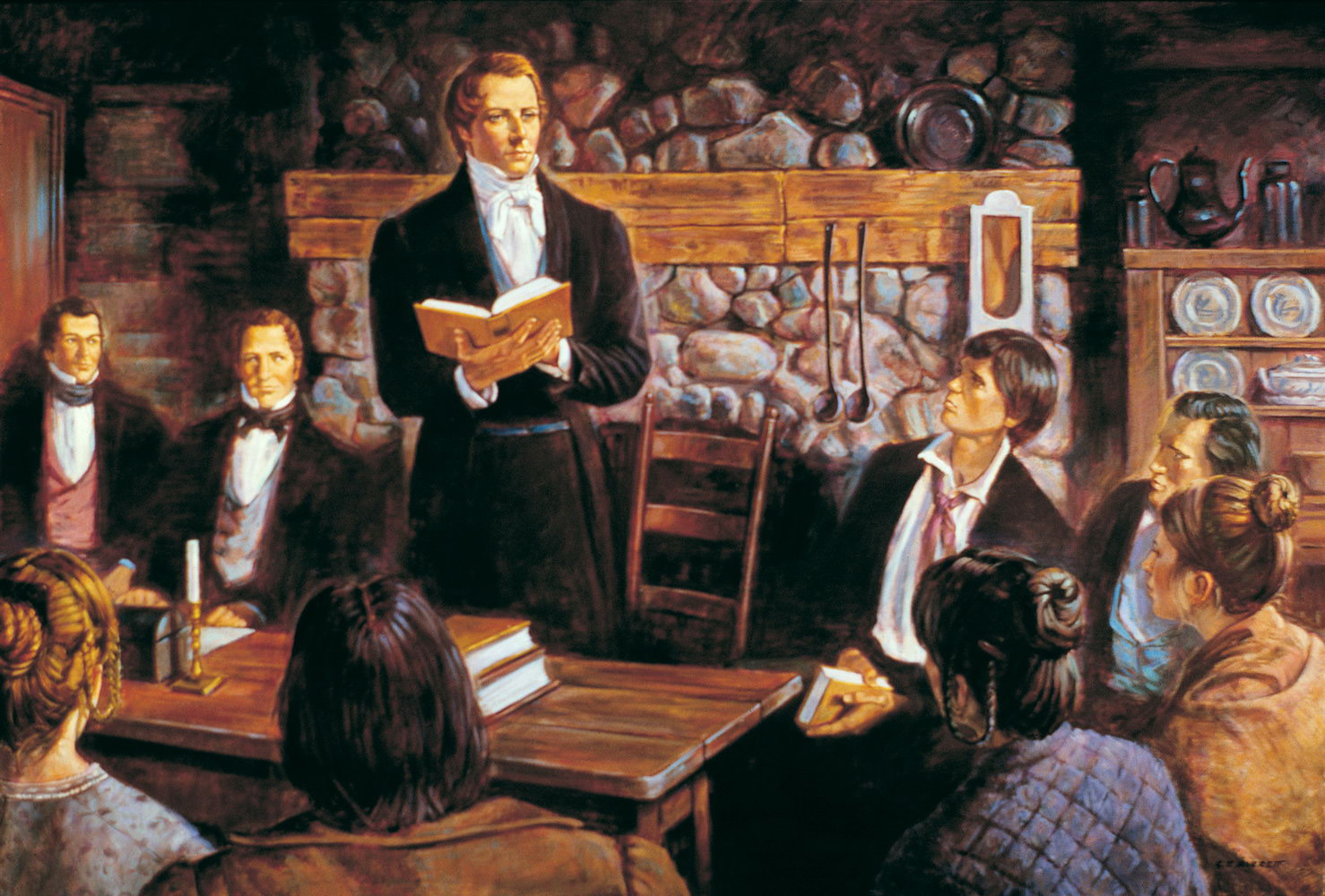
Lit Come Follow Me: D&C 20-22
Administrative acts don’t always get the same attention that ordinances and more dramatic events. And in comparison to the First Vision, the Martyrdom and a number of other events, the organization of the Church doesn’t get as much attention. This is also true in poetry. But even so, there are poems that mention the organization…
-

Lit Come Follow Me: D&C 18-19
The sections of the D&C covered in this week’s Come Follow Me lesson are apparently about the calling of the twelve apostles and paying for the Book of Mormon. But they also include themes that don’t directly bear on these purposes. Perhaps the most important theme is the call for repentance, and the subsequent forgiveness.…
-
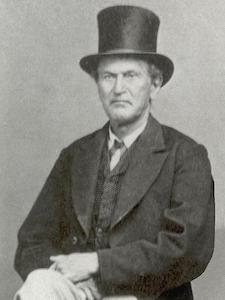
Lit Come Follow Me: D&C 14-17
This week’s Come Follow Me lesson includes several similar sections of the Doctrine and Covenants: three revelations to David Whitmer, John Whitmer and Peter Whitmer, Jr., who have asked the Lord where they should focus their efforts. The fourth section in this lesson is essentially the call to David Whitmer, Martin Harris and Oliver Cowdery…
-
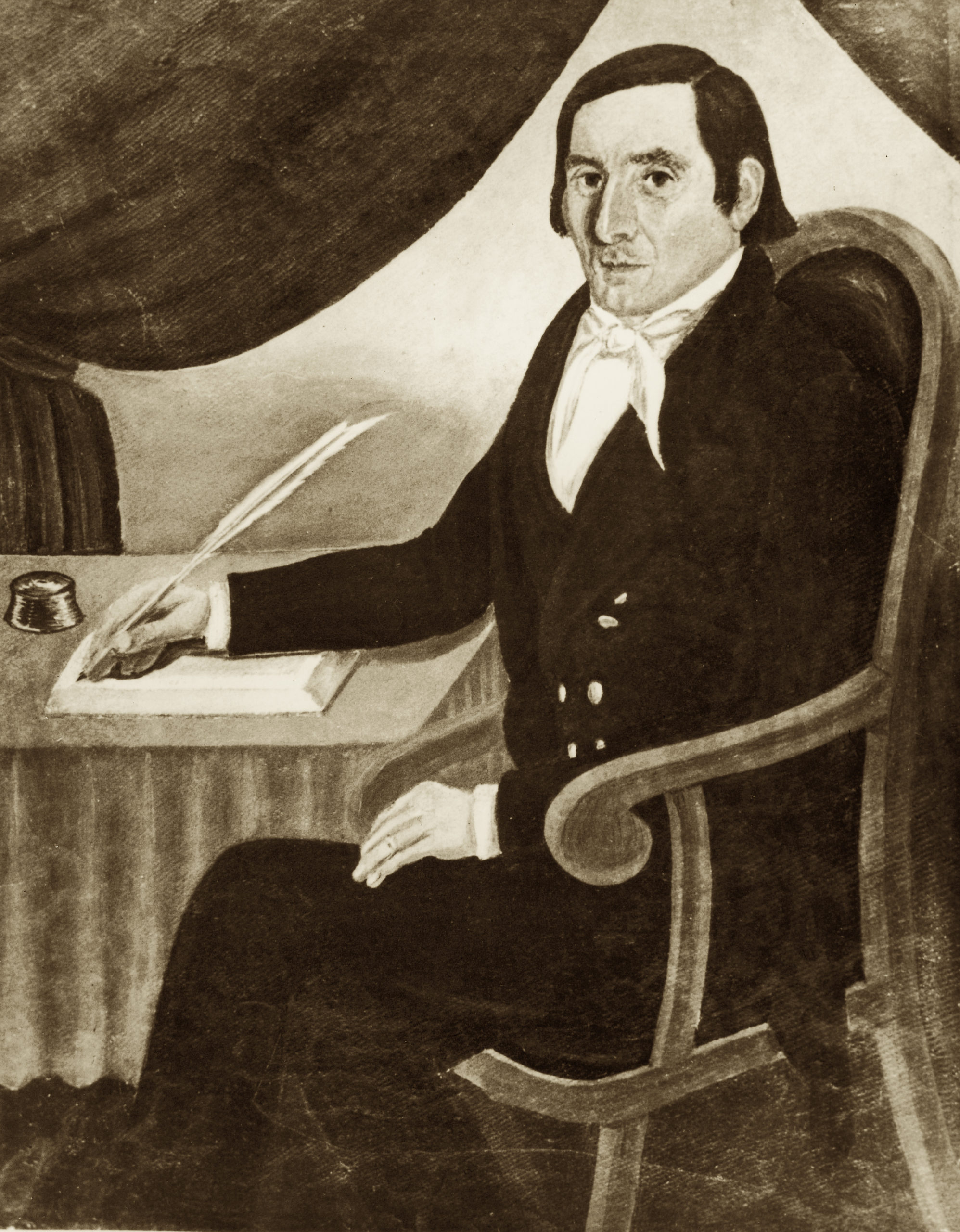
Lit Come Follow Me: D&C 12-13
The two sections of the D&C for the next Come Follow Me lesson are both quite short, but the second covers one of the most significant events in Church history—the visit of John the Baptist restoring the Aaronic Priesthood and the ordinance of Baptism, found in section 13. But before that, in section 12, we…
-
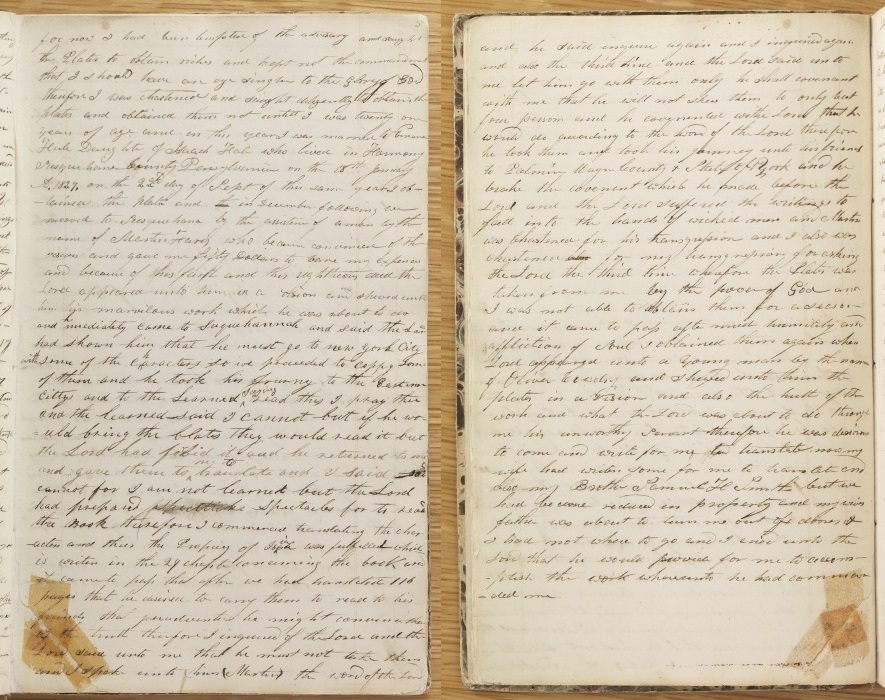
Lit Come Follow Me: D&C 10-11
The two sections in this week’s Come Follow Me lesson seem very different. The first, section 10, concerns the aftermath of the loss of the 116 manuscript pages containing the initial translation of the Book of Mormon. In contrast, section 11 is a revelation of advice to Hyrum Smith. But in both of them is…
-
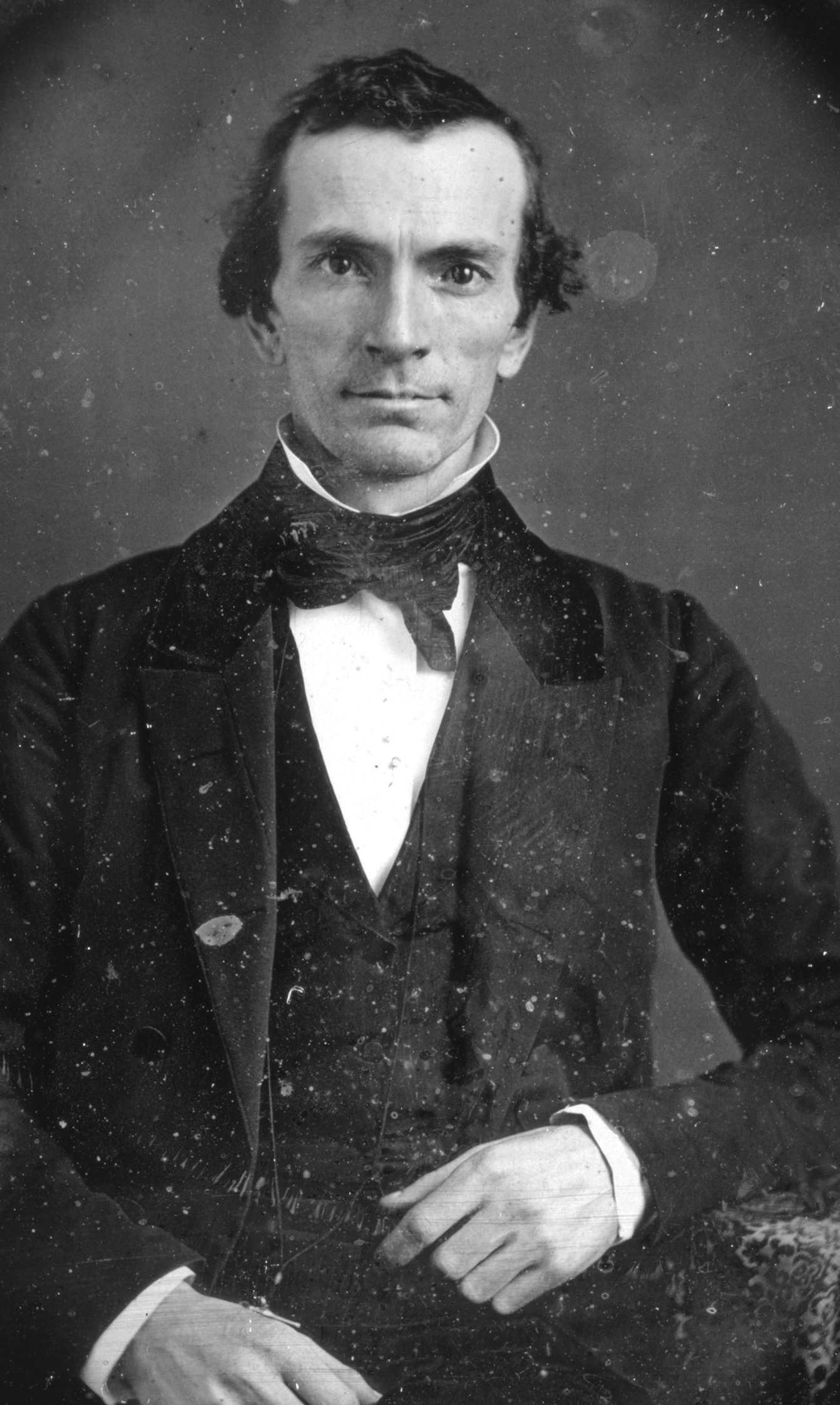
Lit Come Follow Me: D&C 6-9
The central character in this week’s D&C sections is Oliver Cowdery, the primary scribe and assistant to Joseph Smith in the translation and publication of the Book of Mormon. In our mythology[1. I would hope that my use of “mythology” isn’t interpreted as a suggestion that the story is false. I don’t believe that.], we…
-

Lit Come Follow Me: D&C 3-5
In the three sections covered in this week’s Come Follow Me lesson we go with Martin Harris from the 116 pages to being a witness, with a detour to Joseph Smith Sr. and what it means to serve God. While I haven’t found poems that mention the events associated with these sections, there are a…
-
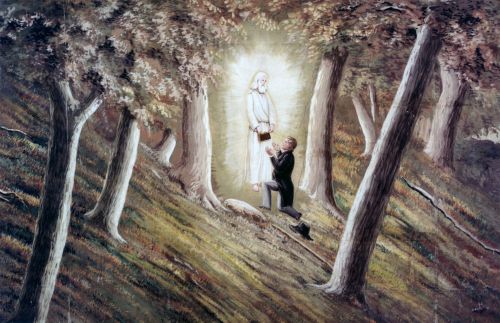
Lit Come Follow Me: D&C 2
This coming week’s Come Follow Me lesson discusses the events surrounding the coming forth of the Book of Mormon, including the visits of Moroni to Joseph Smith and the scripture’s translation and publication. Like other early events in the restoration, these events have been portrayed artistically many times, and will undoubtedly be portrayed many more…
-
Ein Ruf aus der Wüste: Foreword
The fierce desire harbored by the author of this booklet to fulfill an obligation that, he feels, a more than human power has imposed on him, as well as the heartfelt diligence with which he hopes to gladden his fellow men through the proclamation of those truths that fill his own heart with inexpressible joy…
-
Ein Ruf aus der Wüste: title page
The first non-English Latter-day Saint work, Orson Hyde’s Ein Ruf aus der Wüste, was published in 1842 in Frankfurt. The section recounting the life of Joseph Smith and the translation of the Book of Mormon has been translated multiple times and is available at the Joseph Smith Papers Project, in Dean Jessee’s 1989 The Papers…
-
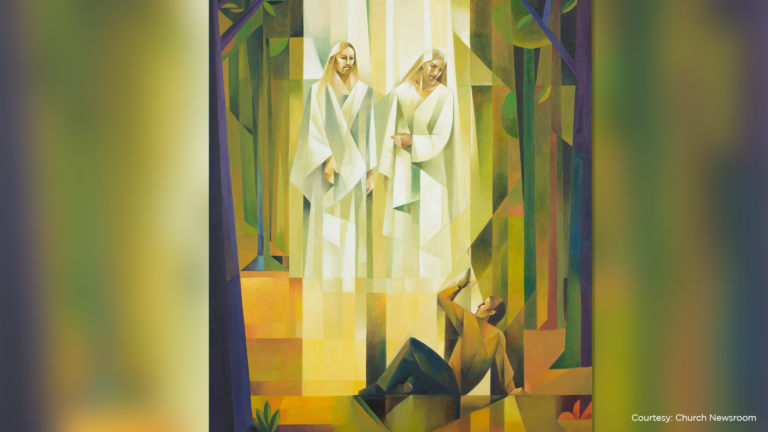
Lit Come Follow Me: D&C —Joseph Smith History 1
In the second lesson for this year, the Come Follow Me curriculum turns to Joseph Smith-History in order to include a brief look (over two lessons) at the origins of the restoration. For most Church members, the story is very familiar, and the principles taught are well-covered material. And, as you might imagine, the events…
-
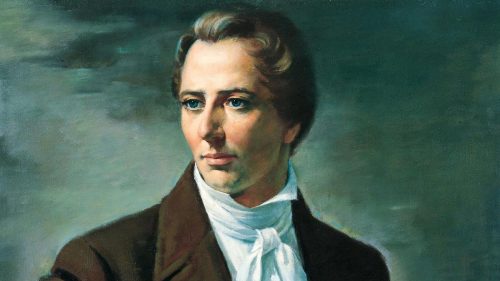
Lit Come Follow Me: D&C Section 1
The first section of the Doctrine and Covenants is meant to be its preface; an outline of both its reason for existing and its purpose. Presented at a conference of the Church in November, 1831, Section 1 was given and composed specifically because the church was compiling the revelations Joseph Smith had received and was…
-

New Series: Literary Come Follow Me D&C
I’m launching a new series of posts with poetry to go with the 2021 Come Follow Me lessons for the Doctrine and Covenants
-
A Christmas Hymn Wishlist
I’m always curious to hear what people think about music in the Church, particularly in recent years with the forthcoming new hymnbook. Usually this time of year is insanely busy for me—with the bell choirs that I’ve been a part of, ward Christmas parties and programs, etc., around now I’m used to an endless series…
-
A New Update on the New Hymnbook
Last week, the Church released some new updates about the new hymnbook and children’s songbook. The short and sweet version is that we’re still several years away from the books being published and that the process and the books themselves are evolving (both due, at least in part, to the sheer volume of material that…
-
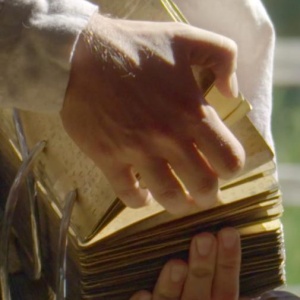
How the Book of Mormon was translated: a proposal
I propose that there is a continuity of method connecting Joseph Smith’s translations of ancient texts, from the Book of Mormon to his encounter with the Kinderhook plates, and that this method was both expansive and linguistic.
-
When You Believe: An EP Review
Last Friday, the Tabernacle Choir at Temple Square released a new extended play record (EP), “When You Believe: A Night at the Movies.” I bought and downloaded the music this weekend and I have listened to it several times since then. The EP is short (totaling five tracks and about 23 minutes), but it is…
-
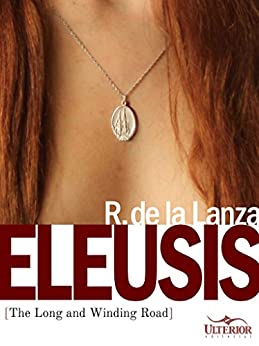
Eleusis and the Spanish-language LDS Novel
Some years ago I learned of and became fascinated with a 1976 Venezuelan LDS novel, La Puerta Azul, o Georgina Altamirano, La Venezuelana que se convirtió en Mormona. This autobiographical novel was written by the granddaughter of the “patriarch of Meridan Letters,” Tulio Febres Cordero. It also was the first long-form Latter-day Saint literary work I…
-
Art and Christ in Church Buildings
Yesterday, the Church released new guidelines about the appearance church meetinghouse. The latest in the series of Christocentric reforms during President Nelson’s tenure, the intent of the guidelines is to help “create a feeling of reverence and dignity” in the spaces that “establish the first impression and feelings that individuals receive when entering a meetinghouse.” …
-
How Much Art Comes through Church
Think through this with me: How much art do we see through the Church or because of the Church? I’m talking about all forms of art; visual and performance, representative and symbolic, etc. and etc. What art is delivered to us by the Church? How much art is in our worship and lessons? What impact…
-
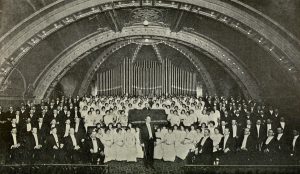
COVID, Conference, and Choir
The world is facing extraordinary times. With the COVID-19 pandemic raging worldwide, everyone is (or soon will be) feeling an impact from it in one way or another. It will likely leave some lasting changes on our society. Within the Church, it provides us with an extraordinary opportunity to reflect on how we have been…
-

What are the New Roles for our Latter-day Saint Cultures?
We’ve all seen the changes. Two hour church. High Priests don’t meet separately. No more Scouts. Come Follow Me. Etc., etc., etc. Anyone with a serious continuing connection to the Church is still adjusting. And those adjustments include adjustments to our culture. You’ve probably seen the changes in culture. They include changes to our terminology…
-
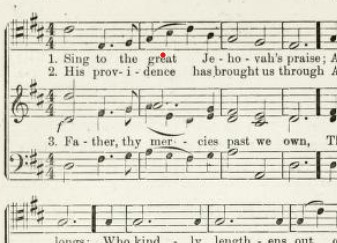
Resources for Ward Choirs
This week, the American Choral Directors Association is meeting in Salt Lake City, so choral music is on my mind. While my career isn’t in music, it’s an art form that plays an important role in my life. I have some training in piano, choral performance, and organ while my wife was trained in vocal…
-
Book of Mormon Stories: New Verses for the Liahona, Nephi’s Bow, and Building the Ship
I teach nine-year-olds for Primary, and I’ve started composing new verses to the old primary song Book of Mormon Stories as a way to recap the events before we get into discussion and activities. Here are four verses (which are arguably terrible but also instructive: I’m clearly not a songwriter) that go along with tomorrow’s…

